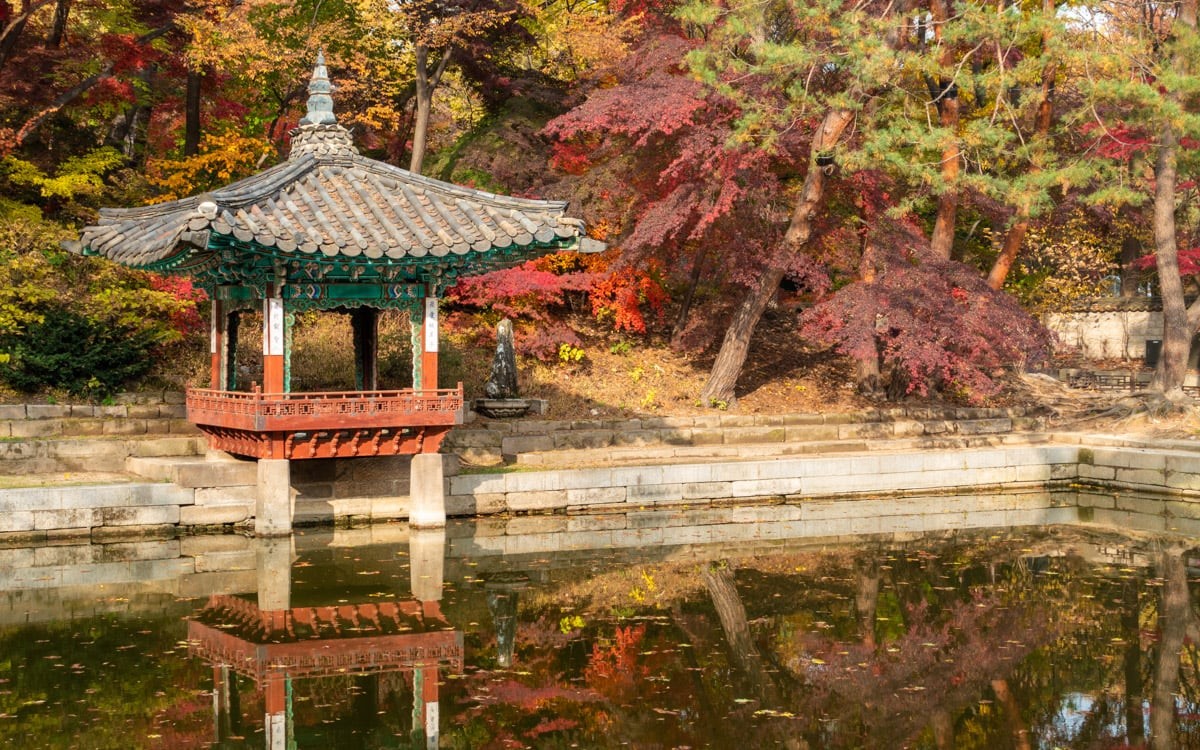
Wat Arun: The Temple of Dawn and Bangkok's Iconic Jewel
Rising majestically along the banks of the Chao Phraya River, Wat Arun, also known as the Temple of Dawn, is one of Bangkok's most stunning landmarks. Its towering spires, intricate mosaics, and serene riverside setting make it a symbol of Thailand’s spiritual heritage and architectural brilliance. Wat Arun is not just a temple; it is a masterpiece that captures the essence of Thai culture and the timeless beauty of Bangkok.
A Glorious History
Wat Arun's history dates back to the Ayutthaya period, over 300 years ago. Originally called Wat Makok, the temple was renamed Wat Arun, meaning the "Temple of Dawn," by King Taksin after he established Bangkok as the new capital of Thailand in 1767. The name reflects the temple's significance as the first site King Taksin encountered at dawn after his victory over the Burmese invaders.
However, it was during the reign of King Rama II in the early 19th century that Wat Arun underwent significant renovations, resulting in the construction of its iconic central prang (spire). The temple was further embellished by King Rama III, who added its now-famous porcelain mosaics. Today, Wat Arun stands as a symbol of the Chakri dynasty and a tribute to the enduring spirit of the Thai people.
Architectural Marvel
Wat Arun is renowned for its striking architectural design, which sets it apart from other temples in Bangkok. The central prang, which soars to a height of 70 meters, is the temple’s most prominent feature. This spire, adorned with intricate floral patterns made from broken porcelain, reflects the light beautifully at sunrise and sunset, creating a shimmering effect that is truly breathtaking.
The central prang is flanked by four smaller prangs, each dedicated to the wind god Phra Phai. These towers are also intricately decorated, showcasing the artistry and craftsmanship that went into their creation. The spires are further adorned with statues of mythical beings, such as kinnari (half-bird, half-human creatures) and yaksha (guardian giants), which add to the temple’s mystical atmosphere.
Visitors can climb the steep stairs of the central prang to reach a viewing platform that offers panoramic views of the Chao Phraya River and the surrounding cityscape. From this vantage point, one can appreciate the beauty of the river, the bustling life along its banks, and the stunning contrast between the ancient temple and modern Bangkok.
A Temple of Spiritual Significance
Wat Arun is more than just a visual marvel; it is also a place of deep spiritual significance. The temple is dedicated to Aruna, the Hindu god of the dawn, symbolizing the light of new beginnings and the triumph of good over evil. Buddhists believe that Wat Arun is a place of merit-making, where one can come to meditate, pray, and seek spiritual enlightenment.
The temple’s main ordination hall, known as the ubosot, houses a revered image of the Buddha that dates back to the reign of King Rama II. The hall is a serene space, with walls adorned with murals depicting scenes from the life of the Buddha and the Ramakien, Thailand’s national epic. The tranquil atmosphere of the ubosot provides a peaceful retreat for worshippers and visitors alike.
Throughout the year, Wat Arun is the site of various religious ceremonies and festivals, including the Royal Kathin ceremony, where the king or his representative presents new robes to the monks. These events offer a unique opportunity to witness traditional Thai rituals and experience the living culture of Thailand.
A Riverside Gem
One of the most enchanting aspects of Wat Arun is its location along the Chao Phraya River. The temple’s riverside setting adds to its allure, providing a picturesque backdrop that is especially captivating at sunrise and sunset. The reflection of the temple’s spires on the water creates a magical scene, earning Wat Arun its nickname as the "Temple of Dawn."
Visitors often enjoy a boat ride along the river to reach Wat Arun, offering them a chance to see the temple from a distance and appreciate its grandeur. As the boat approaches the temple, the sight of Wat Arun’s prangs rising above the water is nothing short of awe-inspiring.
A Must-Visit Destination
Wat Arun is a must-visit destination for anyone traveling to Bangkok. Its unique architecture, spiritual ambiance, and stunning riverside setting make it one of the city’s most cherished landmarks. Whether you are exploring its detailed mosaics up close, climbing the central prang for a breathtaking view, or simply admiring the temple from across the river, Wat Arun offers an experience that is both visually and spiritually enriching.
In conclusion, Wat Arun stands as a beacon of Thai culture, history, and spirituality. Its beauty is not only in its intricate design and riverside location but also in the deep sense of peace and reverence it inspires. As one of Bangkok’s most iconic temples, Wat Arun is a place where the past and present meet, offering visitors a timeless glimpse into the heart of Thailand.





